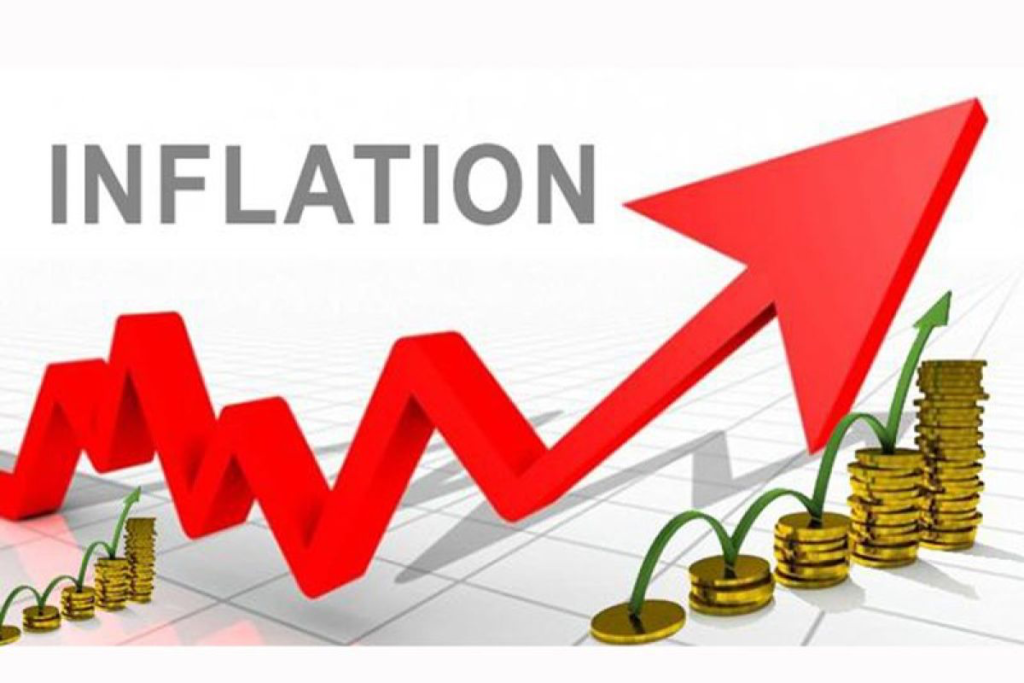Global Inflation Trends: What Does It Mean for Developing Economies?

Inflation has been a growing concern globally, affecting both advanced and developing economies. Over the past few years, rising inflation rates have been driven by several factors, including disruptions in global supply chains, increased energy prices, and higher demand as economies recover from the COVID-19 pandemic. For developing economies, the impact of these inflationary pressures can be more severe.
One key issue is the increase in the cost of imports. Many developing countries rely heavily on imported goods such as food, fuel, and raw materials. When inflation hits, the prices of these essential goods rise, making them less affordable for consumers. This can lead to higher poverty rates and decreased purchasing power for the general population.
Moreover, inflation tends to erode the value of local currencies, especially in countries with weaker financial systems. This makes it harder for developing economies to attract foreign investments, as investors seek more stable environments with lower inflation risks. Governments may then be forced to raise interest rates to control inflation, which can slow economic growth.
Developing economies also face challenges in balancing inflation control with maintaining growth. Tightening monetary policies, such as raising interest rates, can reduce inflation but may also limit access to credit and dampen economic expansion.
In conclusion, global inflation trends pose significant risks to developing economies. Policymakers must carefully balance inflation control with strategies that promote economic growth to mitigate the negative impacts on vulnerable populations. Coordinated international efforts, including support from advanced economies, can also help stabilize inflation in developing regions.